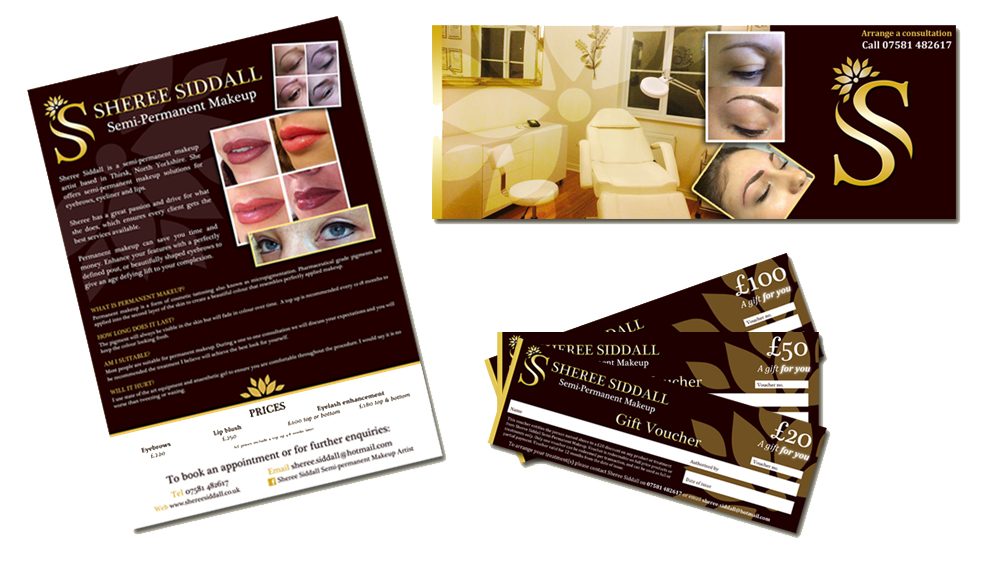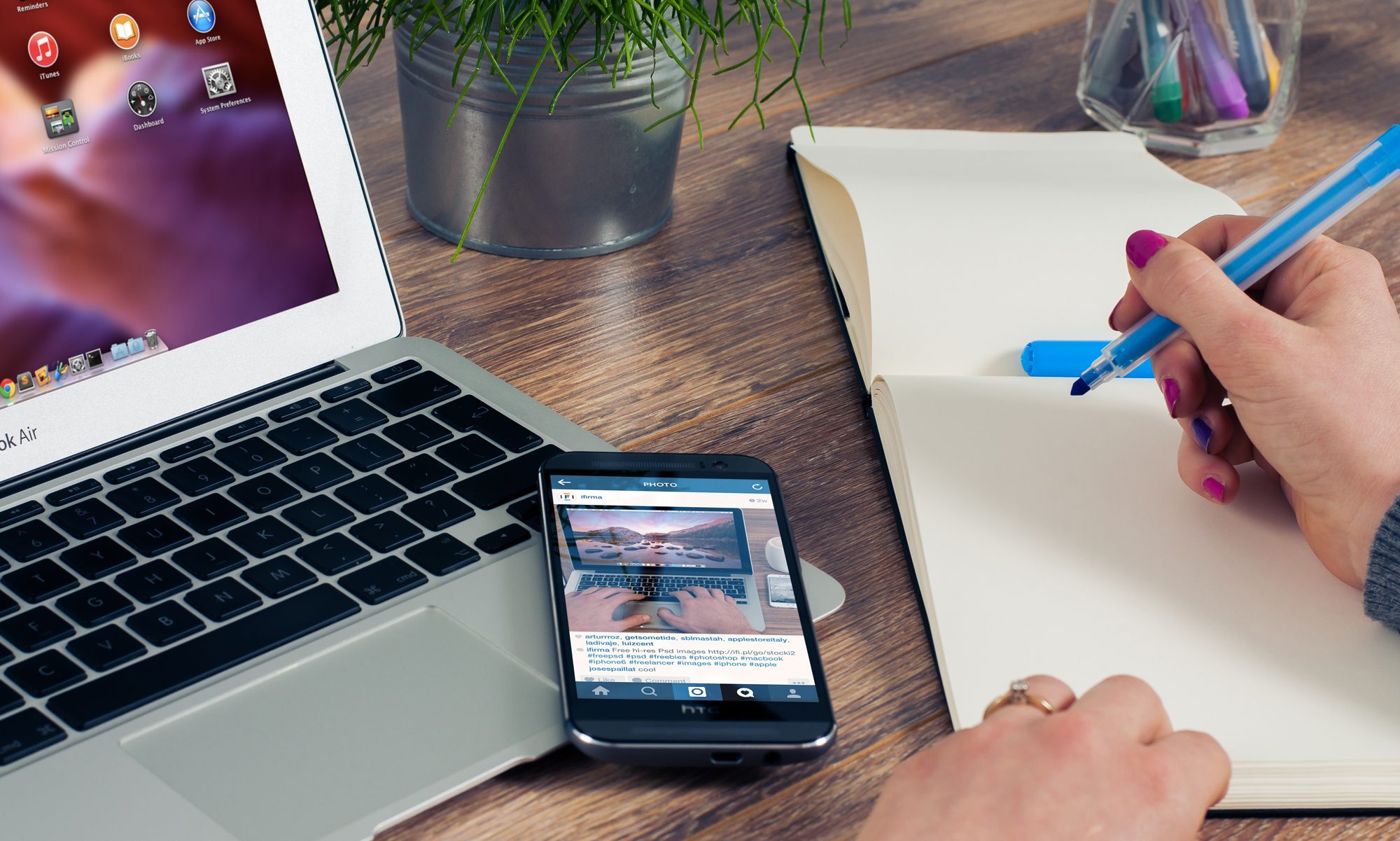Good graphic design is not just the difference between bright and colourful and dull and boring. It can be the difference between your customers choosing between you and your competitors. It’s not just what you say in your marketing channels that matters, but also how you say it – the design needs to say all the right things about your business and be visually compelling to your target audience.
So, who is a graphic designer?
A graphic designer is a professional whose job is to create visual presentations that effectively communicate a desired message. They combine words and images that help to explain what a business is all about, and apply this logic to all areas of marketing communications – corporate identity, advertising, packaging, brochures, websites, social media, newsletters, though some may choose to specialise in delivering any number of these. (Note that a graphic designer is not someone who has a loose knowledge of using Photoshop, but more on this later!)
Here are 3 ways investing in good design will strengthen and grow your business…
1. Memorability
Now more than ever, we are all daily bombarded with endless numbers of brands and logos from huge multinational companies to small local businesses. If you want your customers to easily recognise you and grow awareness of your brand, then good design will help you cut through the clutter and make you stand out from competitors and others in your industry. A design specifically for your business and with your target audience in mind is much more likely to have a powerful impact than a standard design or template downloaded from the web.

2. Consistency
A good graphic designer will consider how your logo or corporate identity will work effectively on all different kinds of media and marketing communications, both online and offline. Your customers are likely to come into contact with you and your brand via many different channels, and it’s vital that every time they receive the same message and same visual image. If you are working with a graphic designer on your logo design, make sure you and them consider how the design will work in various contexts. How will the logo look on your website or blog? On your letterhead? On your Facebook page? On your business card? Even embroidered on a uniform?

3. Credibility
Have you ever come across the phrase ‘fake it ‘til you make it’? One of the most powerful elements of design is that you can be perceived as slick and professional even if your workplace is at home at a small desk under the stairs! However you choose to position yourself in your market, good graphic design is one of the easiest and most powerful ways to communicate your desired business identity. First impressions count, and if you haven’t taken any care or attention over your design, what’s to stop people thinking you run your business any differently?
Choosing a graphic designer
I hope I have started to convince you why investing in good design is very worthwhile for your business. But what about finding the right graphic designer to work with? Here are some quick tips for selecting a designer:
- Your chosen graphic designer will play an important role in your business, so you need to trust them. Anyone can call themselves a graphic designer, and you want to avoid getting stuck working with someone whose work looks like something your 8-year old could have produced on Powerpoint. So, before commissioning anyone, ask to see their portfolio to take a look at the work they have done previously and the clients they have worked with. If possible, contact some of the clients they have done work for and ask for their experience of working with the designer.
- If possible, arrange a face-to-face meeting with the designer before committing to working with them. Explain clearly your requirements, and observe how carefully they listen and take on board your thoughts and ideas. Do they make helpful suggestions, and do their best to address any concerns you might have? And do they take the time to understand your objectives and vision and understand your marketing strategy as a whole?
- Make sure that you discuss and are both clear on the agreed cost and budget for the design work, as well as payment terms. Also be sure to set a deadline for completion that you are both happy with.
Thanks for reading!
![]()
Need some help with your graphic design? I’d love to hear from you!
Get in touch with me and we’ll arrange a time to meet and brainstorm ideas together. Or visit my portfolio to take a look at some of the design projects I’ve been recently working on with clients.


